“I believe that there is always something new to learn, in fact, that is one of the three reasons that I chose to become a chef, that my education is never over.”
Anne Burrell
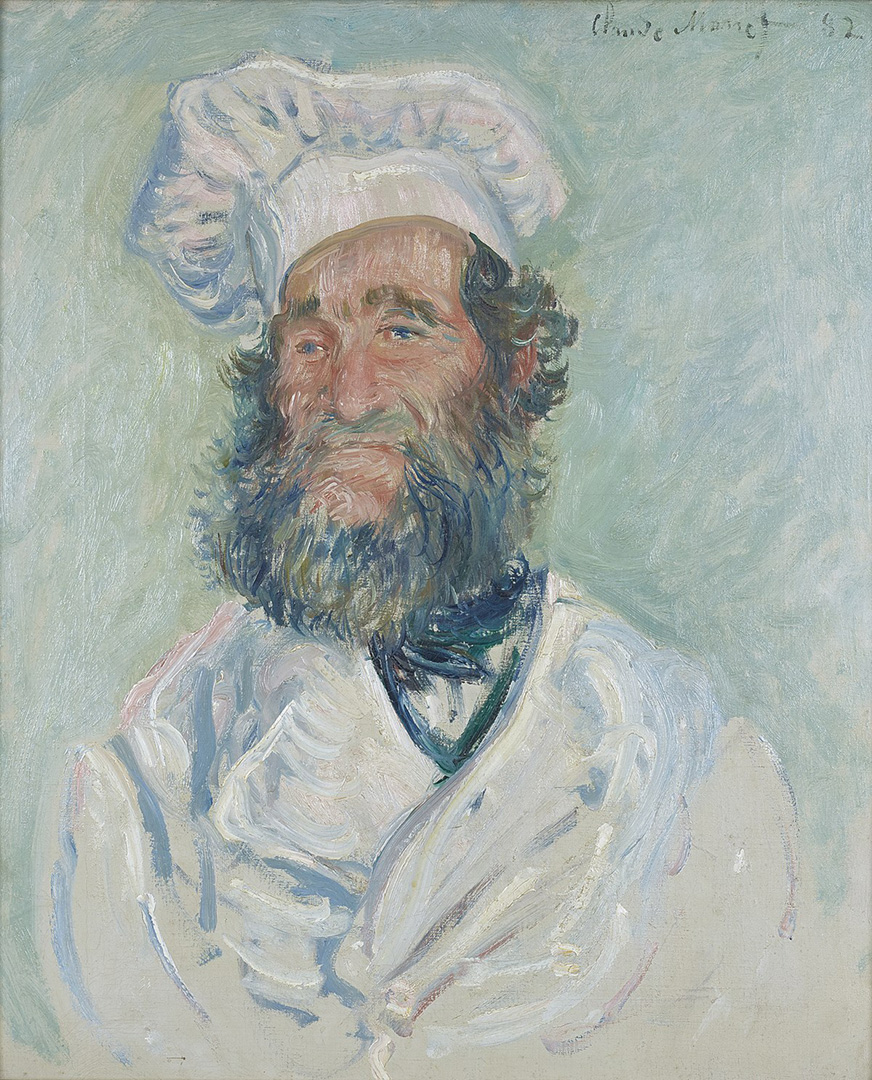 The Eclectic Light Company: “Something’s Cooking: Paintings of the Kitchen” (An extensive review) [*]
The Eclectic Light Company: “Something’s Cooking: Paintings of the Kitchen” (An extensive review) [*]
“Two ever-popular themes for still life paintings are flowers and food. In all but the most basic of houses, food has been prepared in a more-or-less dedicated room, the kitchen, which has been curiously far less popular as a motif for domestic scenes. Today I look at a selection of some of the most intriguing, and most representative paintings of kitchens. The studio of Marten van Cleve demonstrated at the outset why views of the Kitchen Interior (from about 1565) are relatively uncommon. This kitchen for a large mansion isn’t the sort of place that would welcome an artist, complete with their easel, paints and brushes. They’d get in the way of the many household servants busy preparing the next meal, and those engaged in other activities, such as the nurse at the lower right who’s feeding a baby. There’s even a man brandishing a knife in the middle of it all. This is a curious reversal of the more popular view of a family eating, with a glimpse through a doorway into the kitchen: the dining room is here shown at the left. The most common reason for painting a kitchen prior to the nineteenth century was the Gospel story of Christ in the House of Martha and Mary.
In 1570, Joachim Beuckelaer incorporated that with an early form of still life in A Kitchen Scene with Christ in the House of Martha and Mary in the Background, the painting representing fire in his Four Elements series. Once again, the dining room is shown through a doorway, and the whole painting has the exaggerated perspective which you might have expected from an image in a camera obscura.
This kitchen is shown even more candidly, with one of the household staff drinking beside two of the cooks who are trying to cook on its open fire. Another reason for depicting a kitchen came in the vogue for allegories of the five senses, in taste.”*Quotation above is taken directly from the website cited and is the property of that source. It is meant to inform the reader and to give credit where it is due.
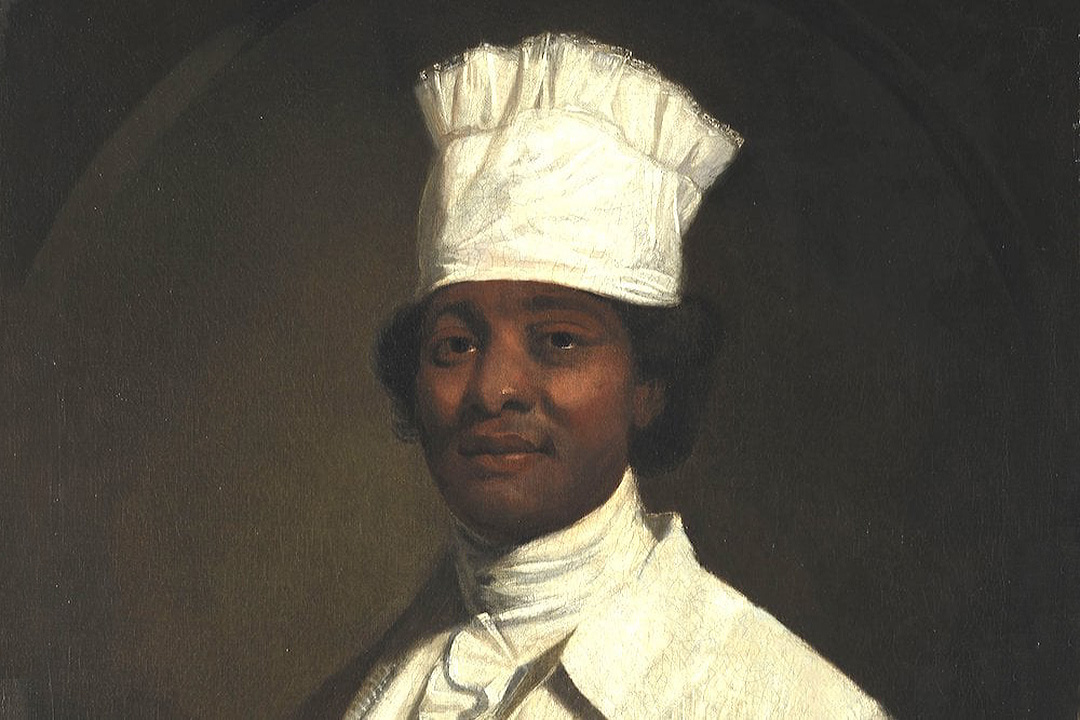 BBC News: “Hercules Posey: George Washington’s Unsung Enslaved Chef” [*]
BBC News: “Hercules Posey: George Washington’s Unsung Enslaved Chef” [*]
“In the late 18th Century, Philadelphia was a city of high-end cuisine; however, few know that many of its culinary masters were of African descent like Hercules Posey. Each year, Philadelphia, Pennsylvania, sees millions of heritage-seeking tourists who traipse the reconstructed brick pathways of the old city, eager to see the sites that birthed ideas of American liberty such as Independence Hall, where the Declaration of Independence was signed in 1776, and the iconic Liberty Bell. But like its ties to democracy, Philadelphia’s connection to great American food culture has roots that reach into the distant past, roots that until recently have been obscured in the history books.
Much of the fledgeling nation’s culinary excellence was achieved in the homes of its Founding Fathers like George Washington and Thomas Jefferson, where high-end cuisine was perfected not by white cooks but by enslaved chefs of African descent. These highly skilled chefs were influenced by the city’s bountiful European, Caribbean and Native American exchange of culinary ideas and techniques, as well as their own heritage.
According to Dr Kelley Fanto Deetz, author of Bound to the Fire: How Virginia’s Enslaved Cooks Helped Invent American Cuisine, a mix of West African, European, Native American foodways collided in the colonies, by force,” she said, “and this collision found a world stage in places like Washington’s dining room table in Philadelphia.””*Quotation above is taken directly from the website cited and is the property of that source. It is meant to inform the reader and to give credit where it is due.
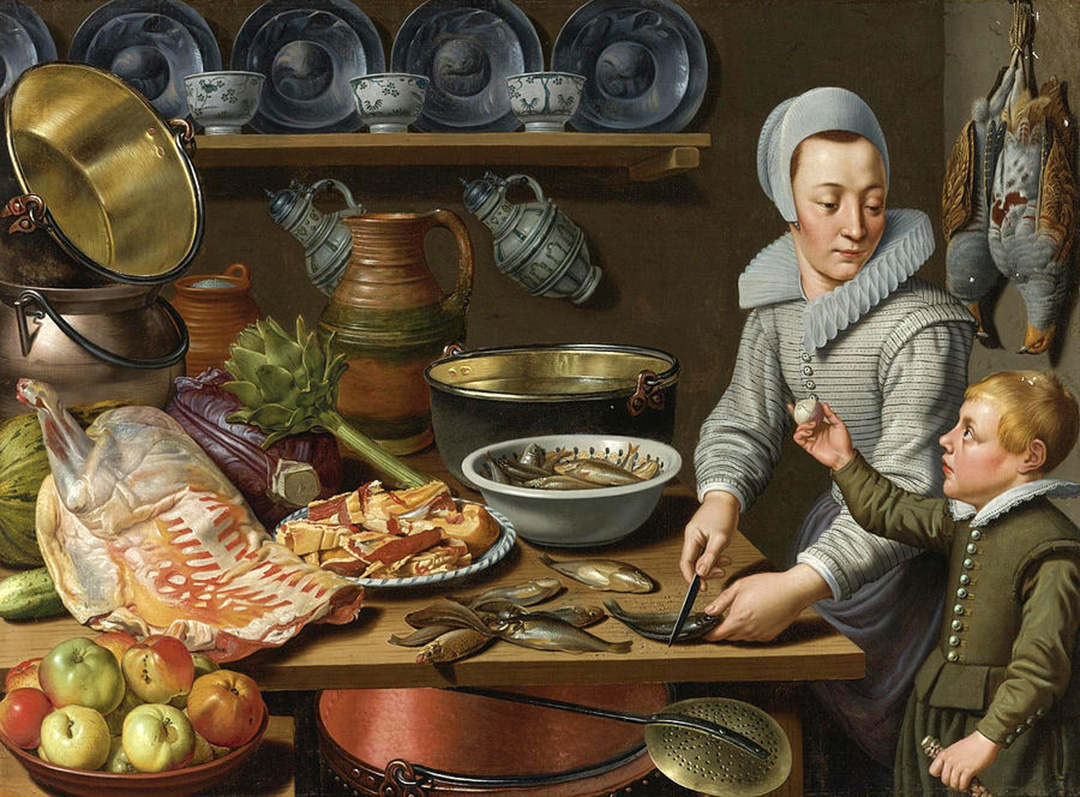 Taste: “Are Great Chefs Also Great Artists?” [*]
Taste: “Are Great Chefs Also Great Artists?” [*]
“A Ghirlandaio painting and an Eric Ripert entrée are closer cousins than you might think. I’m a bit obsessed with Chef’s Table, David Gelb’s mesmerizing documentary cum culinary soft-core series on Netflix. It’s so beautifully shot that it’s almost sexy, and it shows its chefs not as deities but as human beings—albeit perfectionist, passionate, slightly kooky, obsessive, and ingenious human beings. As I’ve watched episode after episode, it’s occurred to me that the show’s producers are portraying their subjects as great artists. But are they really artists? Or skilled artisans who make us aesthetically pleasing, tasty, and cerebral versions of lunch?
I come to the question of “Is it art?” honestly: I’m an art history professor who occasionally writes about food. In asking whether great chefs are artists in the traditional sense of the word, I use the criteria that Aristotle set out around 300 B.C. One must pose three questions about each work of art: Is it good—does it achieve what its maker set out to do? Is it beautiful—in the case of food, does it provide aesthetic, olfactory, and gustatory pleasure? Is it interesting—does it break boundaries, make us think, or shake our heads in admiration?
The 16th-century artist Giorgio Vasari, who is widely considered the godfather of art history, wrote in his 1550 book, The Lives of the Most Eminent Painters, Sculptors and Architects, that great art should comprise invenzione (the concept of a work, before it is made) and disegno (the physical ability to manifest that concept). Legions of kitchen assistants and sous chefs have got the disegno chops, or the physical ability to cook food properly, down pat. But only a handful also have the invenzione to rethink how food can be cooked, served, and consumed. Invenzione is what separates the chefs from the cooks. Or, if you prefer, the Chefs from the chefs.”*Quotation above is taken directly from the website cited and is the property of that source. It is meant to inform the reader and to give credit where it is due.
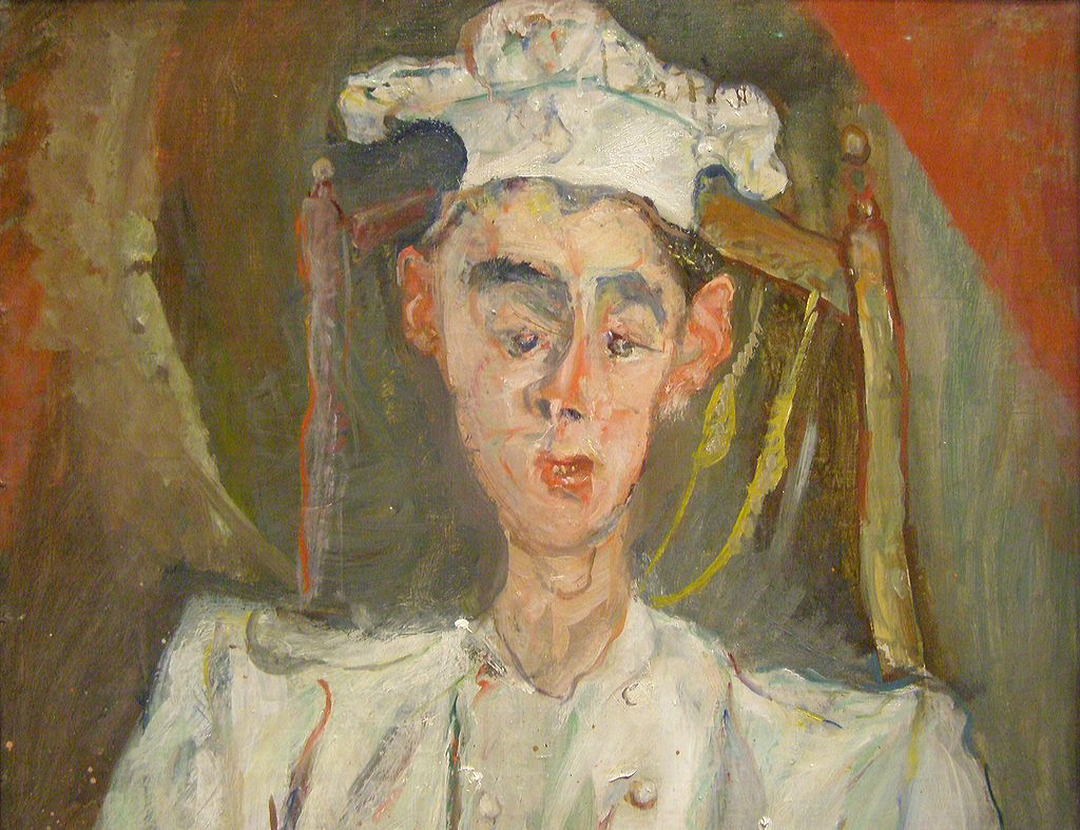 IBCA: “History of Culinary Arts” [*]
IBCA: “History of Culinary Arts” [*]
“The very word ‘culinary’ means “related to cooking”. Cooking is basically the art and science of preparing food for eating by the application of steam and heat. This kind of arts takes it all which are food preparation, sometimes table manners too, cooking, and even food presentation which are generally in the form of meals. The people preparing food professionally are called cooks or chefs, and formally culinarian or culinary artists. These learned professionals normally have to make the food delicious keeping in mind about the nutritional values along with it being really appetizing to look at which is definitely a herculean job. Professionals in this field mainly aim for reputed hotels and restaurants, then comes hospitals or airlines and many more places to work.”
*Quotation above is taken directly from the website cited and is the property of that source. It is meant to inform the reader and to give credit where it is due.
Learn more on The Institute of Bakery & Culinary Arts”pedia.
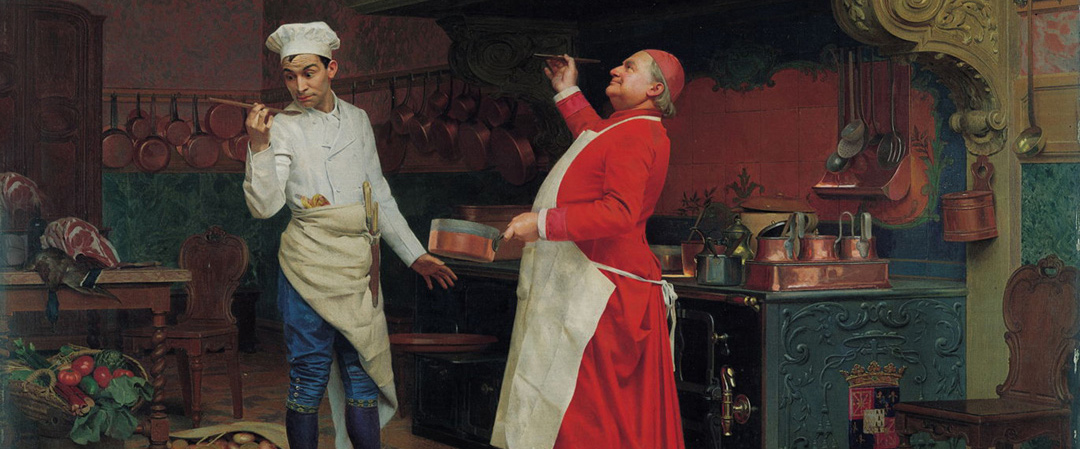 Daily Art: “Cooking in Pictures—The Food of Art and the Art of Food” [*]
Daily Art: “Cooking in Pictures—The Food of Art and the Art of Food” [*]
“Is cooking a science—a precise series of mechanical steps that will yield a perfect product, time and time again? Or is cooking an art—a blank canvas where the cook is free to discover unexpected, serendipitous, delightful combinations? The answer might be somewhere in the middle… The Food of Art Cooking, like art, can be a transformative experience with the right approach and preparation. Just like the master experiments with different mediums and techniques to bring their artistic vision to life, the cook can rely on culinary know-how that will make the process enjoyable, and the result is a real treat.
Our lives have been deeply affected in the past two years due to the crisis created by the pandemic. The social distancing measures attempting to curb the spread of the virus have given us all more time at home, and, with more time at home, we developed the need to cook more. In honor of all the cooks who have discovered—or re-discovered—the art of cooking during this time, let’s look at how the masters have shown us the food of art and the art of food.”*Quotation above is taken directly from the website cited and is the property of that source. It is meant to inform the reader and to give credit where it is due.

